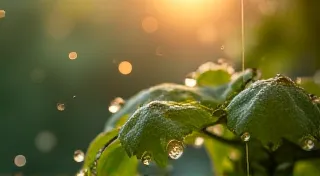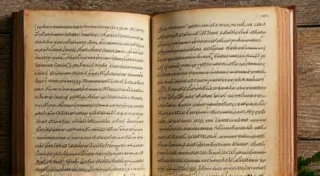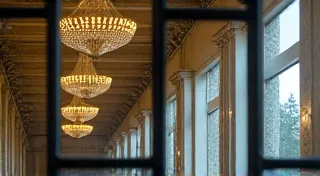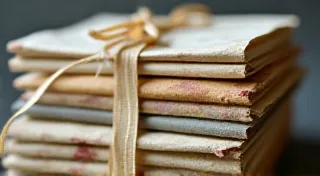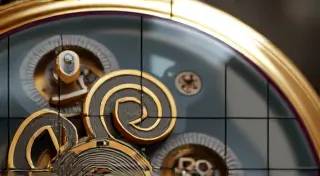Echoes of the Salon: The Rise and Fall of the Accordion’s Popularity
The accordion. The very word conjures images – sometimes of bustling street performers, sometimes of wistful polkas drifting from a forgotten dance hall. It’s an instrument steeped in history, carrying within its bellows and keys the echoes of countless lives and eras. But its journey has been a peculiar one, a rise to dizzying heights of popularity followed by a period of seeming obscurity, and finally, a vibrant, albeit niche, revival. To understand the antique accordion we strive to restore today, it’s vital to understand its complex and often surprising past.
The story begins in the mid-19th century, a time of rapid industrialization and burgeoning middle classes. While its exact lineage is debated – drawing inspiration from various folk instruments – the modern accordion, largely credited to Cyrill Demian and Frédéric Besson, emerged in Vienna and Paris around 1829. It was an instant sensation. Unlike the cumbersome and often unwieldy organs of the time, the accordion offered a portable and expressive voice. Suddenly, music wasn't confined to the concert hall; it could travel, adapt, and connect with audiences in entirely new ways.
Its early years were synonymous with elegance and sophistication. It graced the salons of Europe's elite, accompanying waltzes, polkas, and mazurkas. Composers like Johann Strauss II embraced the instrument, weaving its unique timbre into their scores. Imagine: the gaslight flickering, the scent of perfume in the air, and the shimmering notes of an accordion filling the room. It was the sound of an age, an emblem of prosperity and refined leisure. It was, in essence, the "in" instrument. The craftsmanship of these early accordions reflected this prestige; hand-carved bellows, meticulously inlaid mother-of-pearl, and precise, reliable reed construction were the hallmarks of a fine instrument. The complexities of understanding the precise historical provenance of these instruments is a fascinating study in itself, a challenge that often falls to dedicated archivists – a discipline we occasionally touch upon when seeking to unravel the story behind a particularly intriguing antique.
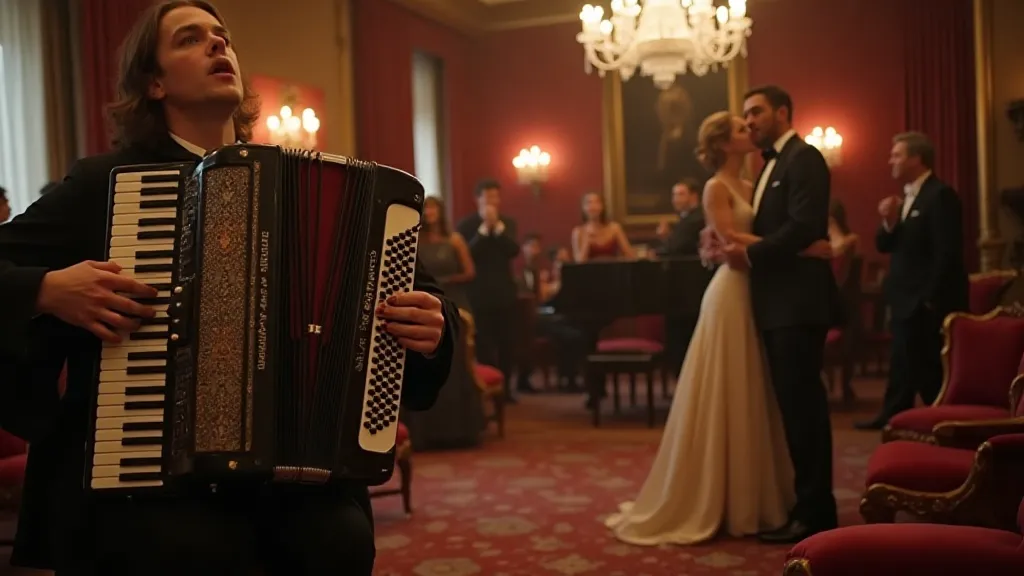
The accordion’s journey across the Atlantic mirrored its European success. In America, it found a particularly strong foothold within immigrant communities, becoming a symbol of home and heritage. Irish, Italian, Polish, and German immigrants brought their music and their accordions, enriching the country’s burgeoning folk traditions. It was the soundtrack of weddings, festivals, and family gatherings, bridging continents and connecting generations. Consider the artistry required to construct these early instruments - a skill passed down through generations, sometimes lost to time. The skill of restoring an antique accordion necessitates an understanding not just of mechanics, but of the nuanced history of the craft – a topic often explored by those involved in The Collector’s Vigil: Preserving the Legacy of Forgotten Accordion Makers.
However, the early 20th century brought significant changes. The rise of jazz and big band music, with its emphasis on brass instruments and driving rhythms, gradually eclipsed the accordion's popularity in mainstream music. The “roaring twenties” weren’t particularly roaring for the accordion. It was perceived by some as quaint, old-fashioned, even a little… comic. This perception was exacerbated by stage acts and comedic performances that often caricatured the instrument and its players.
The Great Depression further contributed to its decline. New instruments were considered luxury items, and the demand for entertainment shifted towards cheaper, more accessible forms. Many fine accordions were simply abandoned or neglected, destined for attics and basements. It's a heartbreaking thought – the silent potential locked away in those neglected instruments. The very act of breathing life back into these instruments is a labor of love and a dedication to preserving a crucial aspect of cultural heritage.
The mid-century saw the accordion relegated to a rather unfortunate stereotype – often associated with polka music and novelty acts. While there were certainly passionate accordion players keeping the tradition alive, the instrument struggled to regain its former glory. This period saw a shift towards mass-produced, lower-quality instruments, further damaging the perception of the accordion’s overall value and craftsmanship. The complex systems of buttons and keys, the careful placement of reeds – all contribute to the instrument's unique character. Deciphering the intricacies of these older key systems is a fascinating endeavor, and something frequently examined when researching the history of the instrument.
But every shadow has its light. The late 20th century witnessed a quiet resurgence. The folk revival of the 1960s and 70s offered a fresh platform for the accordion, its inherent versatility allowing it to blend seamlessly with acoustic guitars, banjos, and fiddles. Artists like Clifton Chenier, though playing Cajun music, helped showcase the accordion's emotional depth and percussive capabilities. Suddenly, the accordion wasn't just about polkas; it was a vehicle for storytelling, for expressing the joys and sorrows of life.
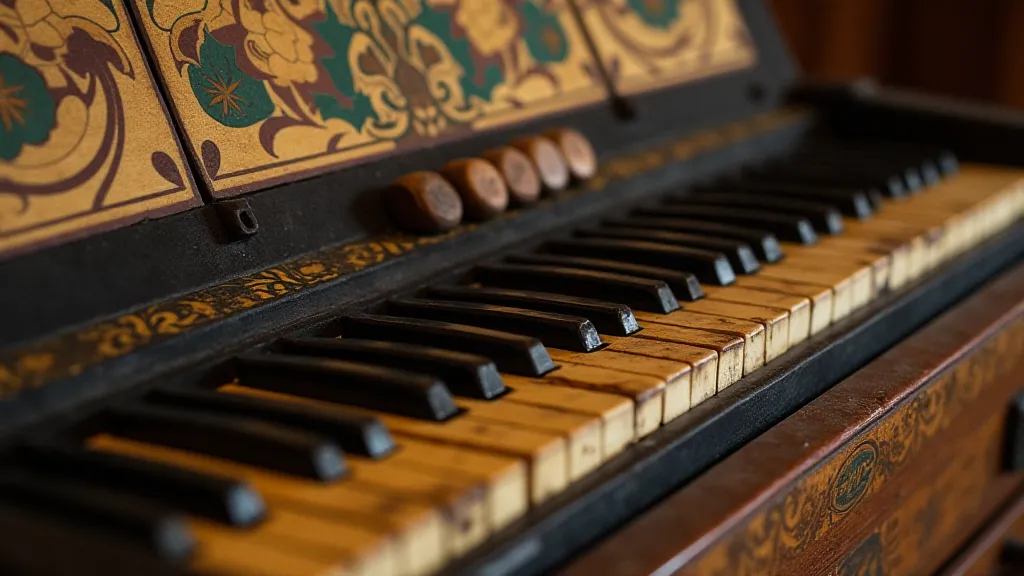
This resurgence, coupled with a growing appreciation for vintage and handmade objects, has led to a renewed interest in antique accordions. Collectors seek out these instruments, drawn to their beauty, their historical significance, and the unique voices they possess. The process of restoring an antique accordion is not merely about repairing it; it's about preserving a piece of history, breathing new life into a silent witness to generations past. The subtle nuances of each individual instrument, and the incredible artistry of those who crafted them, makes each restoration project a unique challenge.
Restoring an antique accordion is a delicate art. It requires patience, skill, and a deep respect for the original craftsmanship. From replacing cracked bellows to meticulously adjusting reeds, each step demands careful attention to detail. The scent of aged leather and wood, the feel of the cool metal beneath your fingertips – it's a tactile connection to a bygone era. It’s a way of engaging with the past on a profound and personal level. The science behind the instrument’s sound is truly remarkable - a masterful interplay of air, pressure, and vibration.
Consider the reeds, for example. These tiny, meticulously crafted pieces of metal are the heart of the accordion’s sound. Replacing them requires not only technical expertise but also an understanding of their individual characteristics and how they interact with each other. A slight adjustment here, a careful filing there – and the instrument’s voice begins to sing again. A common question amongst those starting their journey with accordion restoration is "How does it all *work*?". Understanding the process by which air moves through the bellows and activates the reeds is crucial - a principle which is intimately tied to Bellows of Breath: The Alchemy of Air and Music.
The rise and fall, and now the quiet resurgence, of the accordion’s popularity is a testament to the cyclical nature of trends and tastes. What was once considered old-fashioned can become fashionable again, and vice versa. The antique accordion stands as a poignant reminder of this constant flux, a silent witness to the changing landscape of music and society.
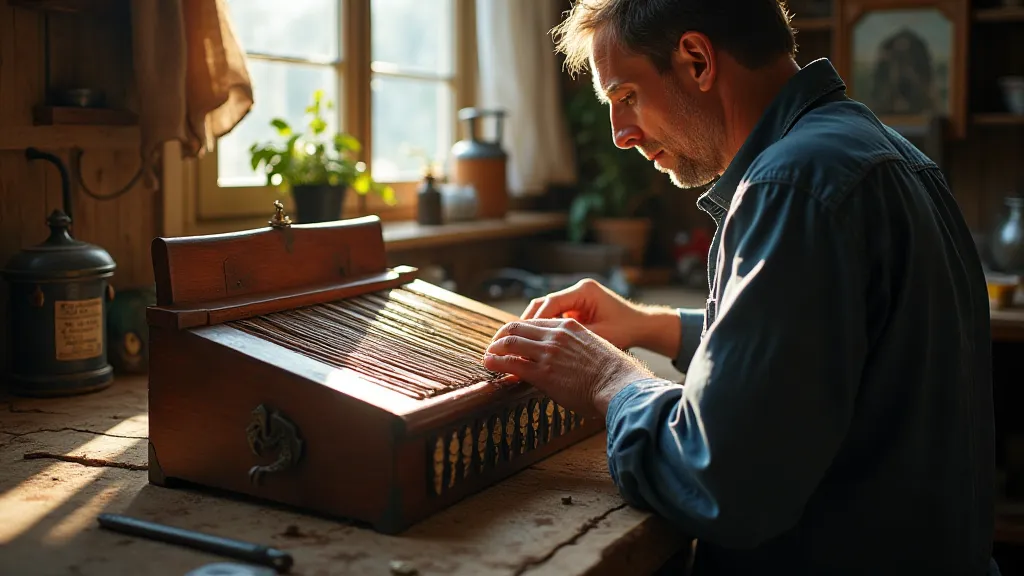
Today, the antique accordion isn't just a musical instrument; it's a symbol of resilience, a connection to the past, and a testament to the enduring power of human creativity. It whispers echoes of salons and folk festivals, of immigrant traditions and personal stories, waiting to be rediscovered by those who listen closely. The language spoken by these instruments is ancient – a melodic tapestry woven across continents and generations.
The study of antique accordions is a fascinating field, encompassing history, musicology, and engineering. From tracing the evolution of bellows construction to analyzing the intricacies of key layouts, there’s always something new to discover. Each instrument holds a story – a silent narrative of craftsmanship, culture, and community. These stories are often encoded within the intricate workings of the keys themselves – a detail frequently explored in discussions on The Button's Whisper: Decoding the Language of Antique Accordion Keys.
The value of an antique accordion isn’s solely determined by its monetary worth; it’s measured by the richness of the history it embodies and the music it has inspired. It’s a legacy of innovation, adaptation, and enduring artistic expression.
